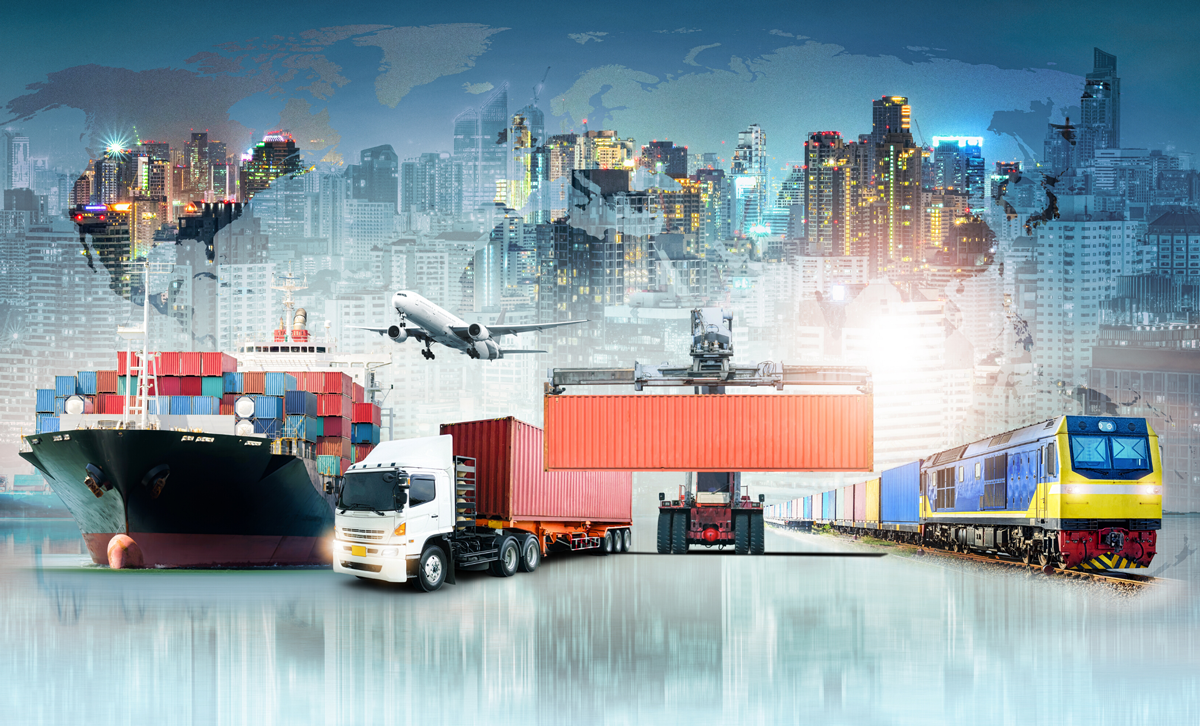What Is Transportation Technology?
New technologies help us get from point A to point B more efficiently than ever. Innovative transportation technology, such as self-Driving vehicles and e-bikes, helps us get where we want to go. In this article, study the future of the transportation system.
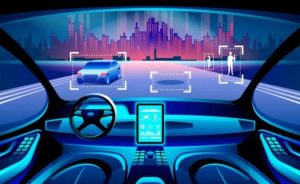
What Is Transportation Technology?
What comes to mind when you think of life-changing technological innovations in transportation? Model Henry Ford? Commercial airlines? What about hybrid cars? All those answers will be correct. The point is that these technologies have completely changed the current state of the transportation sector and have had lasting effects on the way we travel. Innovations in transportation technology stem from three essentials: efficiency, convenience, and safety.
Transportation scientists and experts work together to ensure that these new technologies get more people (or devices) to their destinations faster, safer, and with fewer resources. For example, this is why we have seen the shift from coal-fired trains to high-speed trains luxury aircraft to low-cost models. And changes from gas-powered vehicles to 100% electric vehicles.
As technologies such as artificial intelligence, data science, production, and deep learning become more advanced, so will vehicles themselves. These technologies act as the backbone of everything from self-propelled vehicles to aerospace travel. and even serve as the backbone of transportation platforms such as Uber and Lyft.
Due to the enormous potential of these technologies, transportation technology has become one of the fastest-growing and most discussed fields in the world. Thousands of startups are competing to develop the next breakthrough in the transportation world. In this article, we have collected some examples of future transportation technologies.
Types of Transportation Technology
Innovation in transportation technology is at its highest with innovative solutions that help us get out of the block, across the country or the world, and even into space. Check out some of the most innovative shipping methods below.
- Hyperloops
- Underground tunnel
- Aerospace
- Self-Cars vehicles
- Last Mile Robots
- Electric vehicles
Hyperloops
Hyperloop is a proposed method of transporting passengers or cargo that uses electric propulsion. And low-pressure pipes to glide along at speeds beyond the speed of commercial aircraft. Hyperloop was proposed as a high-speed transport system for passenger and freight transport.
Ilan Mask first coined the term in the 1900s. A hyperloop is described as a large vacuum-sealed tube or system of vacuum-sealed tubes connected at very low air pressure through which a sheath may move substantially without air resistance or friction. The use of magnets to move the passenger tube significantly reduces the energy and money required to use this technology. The hyperloop are still in their infancy, reaching a top speed of only half the recommended speed of 750 mph. However, they are being tested as a viable alternative to traditional travel methods shortly.
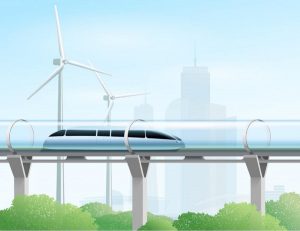
Underground tunnel
Elon Musk has popularized underground transportation. Moving people or objects through vast systems of underground tunnels. Musk’s Boring Company (derived from Musk Sat in LA Traffic) is an infrastructure and tunnel company that creates underground lanes for cars to pass through at higher speeds and lower traffic densities.
So far, the company has agreed on a project that will connect downtown Chicago traffic to O’hare Airport and has agreed on a project that will travel from Baltimore to Washington, DC. Underground tunneling, although in its infancy, is considered an interesting concept. That can reduce traffic congestion and the overall environmental impact of current car travel.
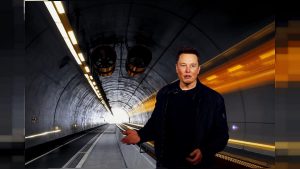
Aerospace
The most exciting transportation technology right now is aerospace. Companies like SpaceX, Blue Origin, and Virgin Galactic compete to be the first company to offer commercial spaceflight. True, you no longer need to be a NASA astronaut to fulfill your childhood dream of flying outdoors.
The advent of commercial spaceflight has led to several incredible technological advances, including the use of reusable rocket boosters. In principle, missile ships drop their boosters about 2 minutes after takeoff. These boosters were disposable and landed on a blazing hill. SpaceX has designed amplifiers that slowly return to the ground with excellent accuracy. The ability to reuse these rockets is an achievement in cost-effective travel technology that opens up space flights to civilians (albeit very wealthy civilians now). In addition, Los Angeles-based Relativity Space even prints 3D rocket ships.
Self-driving car
A self-driving car is a vehicle that can sense its environment and operate without human intervention. A passenger is not obliged to take control of the vehicle at any time, and there is no need for the passenger to be present in the vehicle at all.
The battle over self-driving vehicles is also heating up, and almost every major automaker and startup is competing to create the first wave of mass-produced self-driving vehicles. Imagine getting in your car, picking an address, sitting back, and letting your car get to your destination without having to touch the steering wheel or get under pressure in traffic. This has been an unattainable dream for decades. Now, it is becoming a reality.
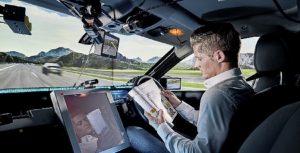
Companies such as Google, Wimo, Uber, Tesla, and Ford are developing machine learning, artificial intelligence, and deep learning platforms that help cars calculate and act on their surroundings in real-time. These vehicles receive millions of data points per second through various sensors, software, and GPS.
The sensors constantly monitor the environment (such as people crossing the road, surrounding vehicles, and animals approaching traffic). And perform calculations in a matter of seconds on how to respond safely and efficiently.
In addition, GPS monitors routes for the fastest way to reach destinations, accidents, or bottlenecks that can be overturned. The biggest hurdle in self-driving cars right now is safety. There are an infinite number of scenarios that happen on the road. How can a machine respond like a rational human? Every carmaker and startup teaches these cars to drive safely and with the same logic as humans. However, self-propelled vehicles have made advances in transportation technology in their early stages that will have a major impact on the overall future of how we travel.
Last-Mile Delivery Robots
Automatic delivery of the last mile involves vehicles delivering the product or service to the door without human intervention in the whole process. These robots ensure that the product is delivered to the customer within the specified time without harming the company’s market reputation. Transportation technology is not just about transporting people. It can also include technologies that help deliver our packages and products from point A to B. One of the greatest advances in transportation technology for the transportation industry is last-mile robotics.
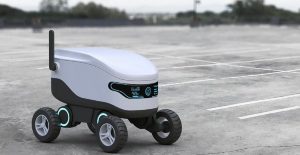
Instead of relying on a delivery driver or postal worker to deliver goods to the front door, companies are now using robots to cross cities and cross sidewalks to deliver your package directly to your door. Amazon and FedEx currently use robots in certain cities to deliver packages within a few miles of their complementary centers. And Domino’s Pizza uses robots to deliver pizza orders on time. Walmart launches a car pilot with Gatik for food delivery.
Electric vehicles
Electric vehicles have a huge impact on how we travel, both across the city and across the country. Tesla and Nissan have popularized the electric car, which runs entirely on battery power to get us where we need to go. Instead of refueling at a gas station, electric cars need to recharge their batteries to get back on the road. Today’s most advanced electric vehicles can travel from 150 miles to 350 miles on a single charge. These vehicles are extraordinary examples of transportation technology because they fundamentally change the way vehicles operate and how they are powered.
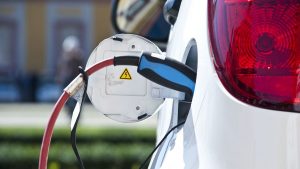
Electric bicycles and scooters (e-bikes and e-scooters) have become convenient travel options for passing neighborhoods or entire cities. These vehicles offer ease of use and comfort that other forms of last-mile transportation are not provided. Thanks to the eco-friendly options and benefits offered by scooters and e-bikes. It is easier to pass traffic to get to work or book dinner all over the city.
